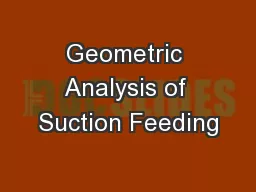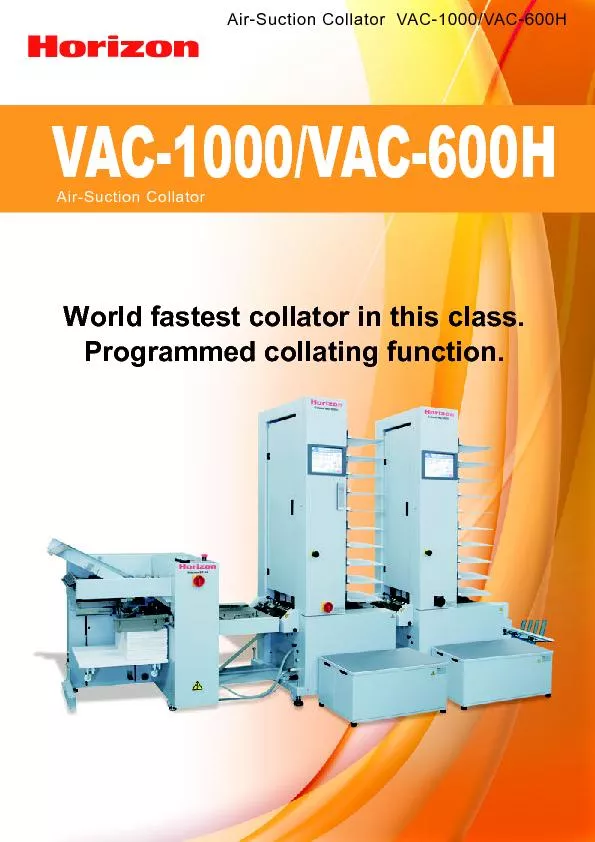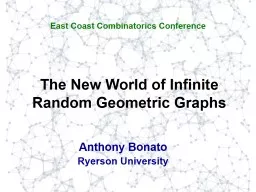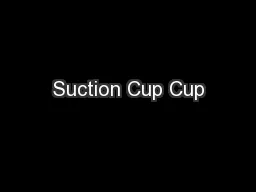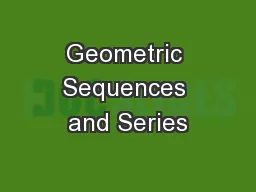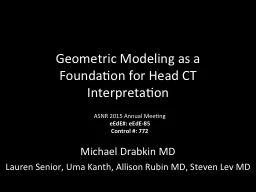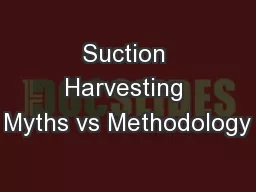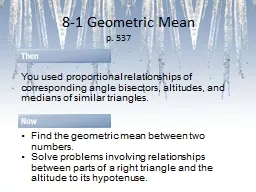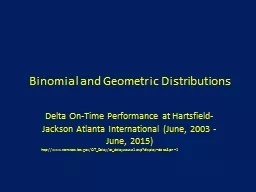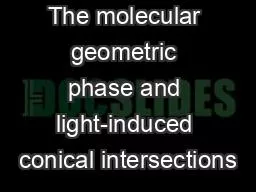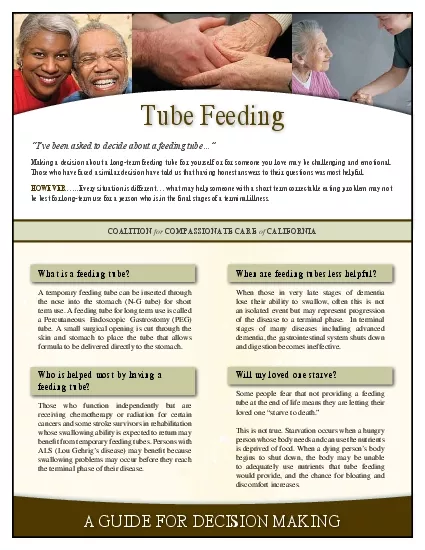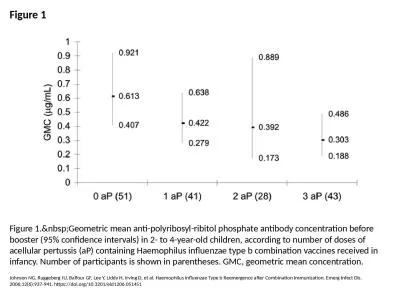PPT-Geometric Analysis of Suction Feeding
Author : marina-yarberry | Published Date : 2018-03-21
The universe is written in the language of mathematics Galileo Galilei 1623 Quantitative analysis of natural phenomena is at the heart of scientific inquiry Nature
Presentation Embed Code
Download Presentation
Download Presentation The PPT/PDF document "Geometric Analysis of Suction Feeding" is the property of its rightful owner. Permission is granted to download and print the materials on this website for personal, non-commercial use only, and to display it on your personal computer provided you do not modify the materials and that you retain all copyright notices contained in the materials. By downloading content from our website, you accept the terms of this agreement.
Geometric Analysis of Suction Feeding: Transcript
Download Rules Of Document
"Geometric Analysis of Suction Feeding"The content belongs to its owner. You may download and print it for personal use, without modification, and keep all copyright notices. By downloading, you agree to these terms.
Related Documents

